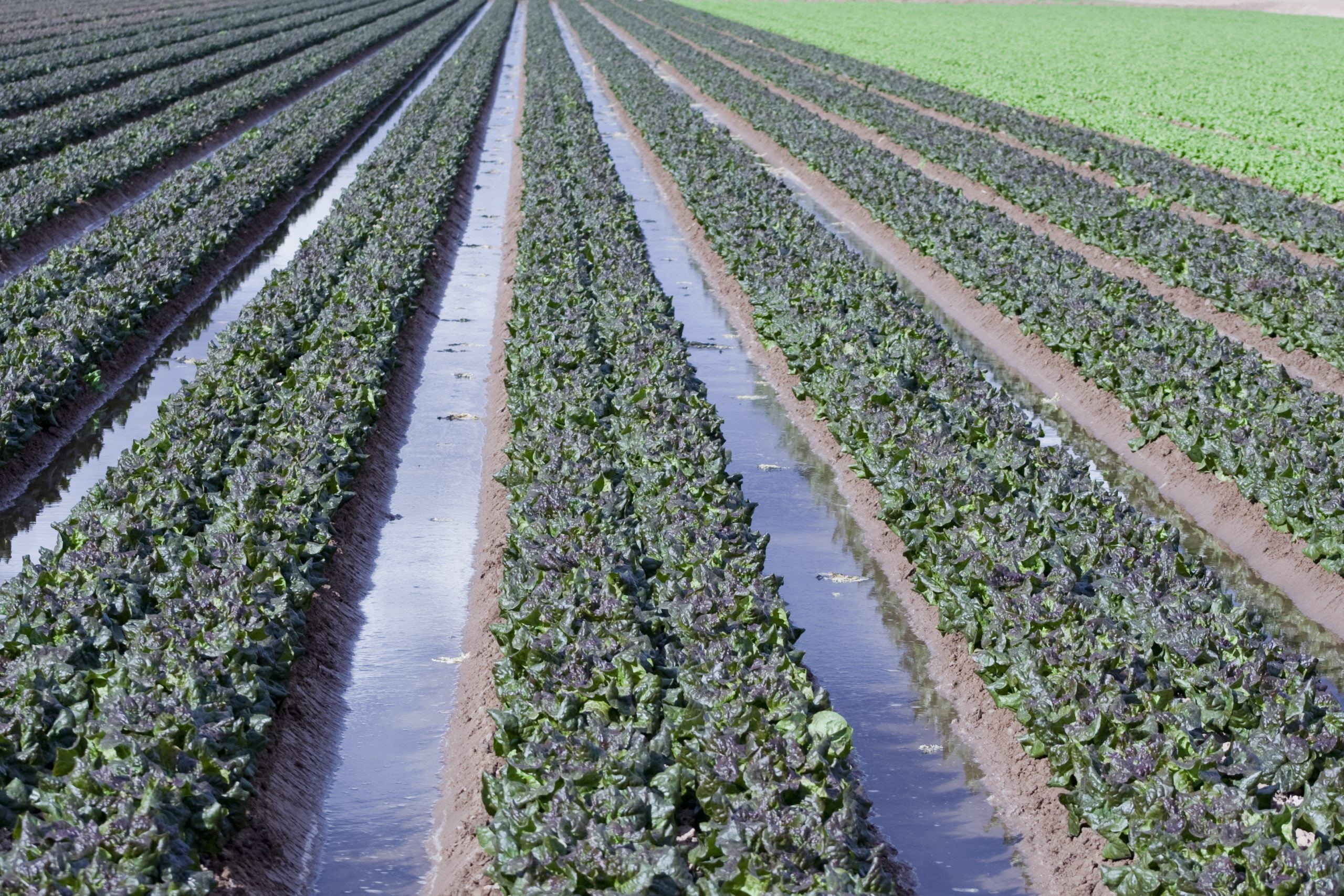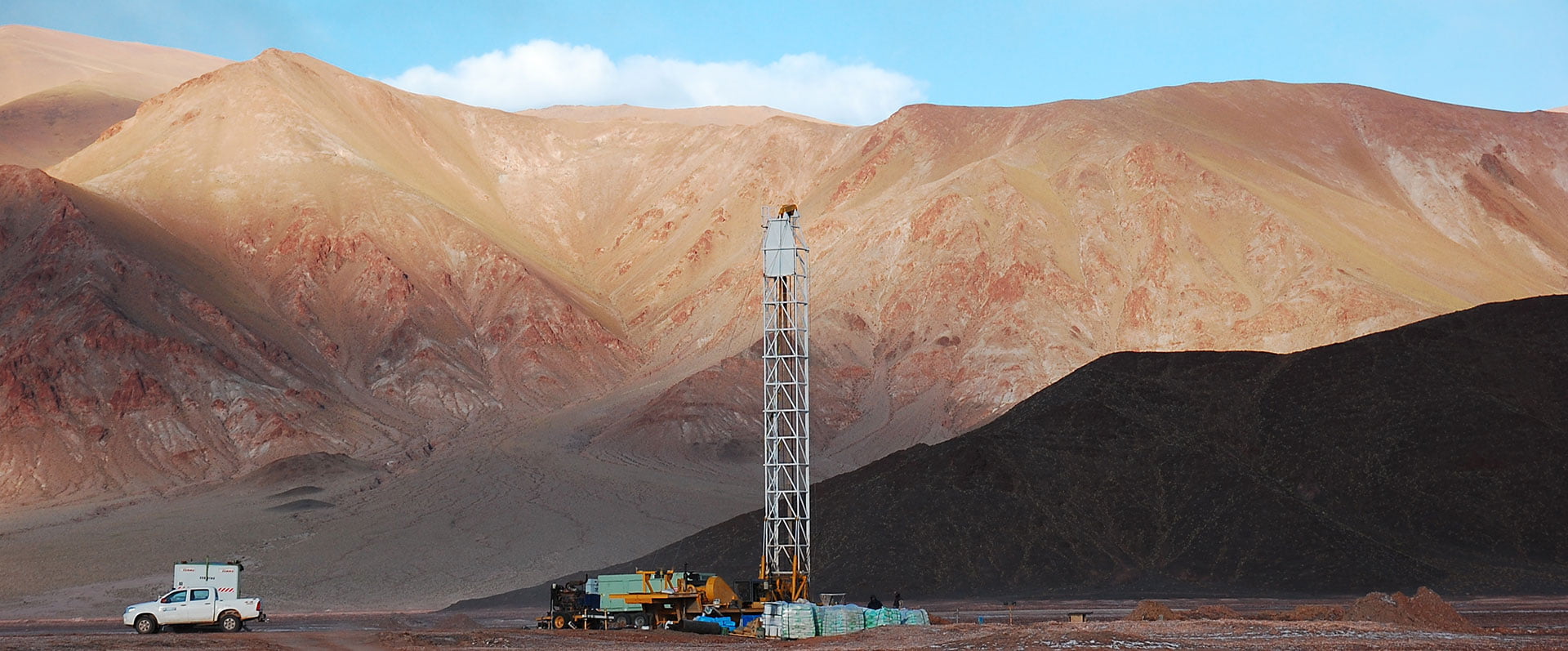During the years 1950 to 1980, various chlorofluorocarbons (CFCs) — including CFC-11, CFC-12, and CFC-113 — were used in refrigeration and other systems and released into the atmosphere. These substances then passed from the atmosphere to surface water and groundwater via precipitation as part of the hydrologic cycle. The concentrations of CFCs in groundwater in the last 60 years have been high enough to be measured by laboratory methods; consequently, if CFCs are detected in water, we can assume that at least a portion of the recharge to the water occurred within this time frame.
The age of water can be calculated by comparing the equivalent ratios of the CFCs in the water to known historical atmospheric concentrations, which have been developed for the past 60 years for both the northern and southern hemispheres (Kazemi, 2006; IAEA, 2006). This comparison is possible because CFC solubility — a function of temperature and altitude (atmospheric pressure) — is known for these compounds. Using Henry’s Law, we can determine the initial partial pressure and subsequently the amount of CFCs in the atmospheric recharge water.
Several factors can influence the reliability of CFC age calculations. One is the effects of chemical processes; another is mixing that can occur between of waters of different ages. Consequently, the calculated age is referred to as the “apparent age.” Reliability for the apparent age can be gained by applying calibration techniques using known variables (temperature and altitude of recharge). This allows us to potentially distinguish different waters based on the timing of the recharge for the water.
Although the absence of CFCs in water may not necessarily suggest older water, their presence in uncontaminated samples can provide valuable insights into groundwater flow patterns that may not be apparent using traditional methods such as analysis of potentiometric data. CFC analysis is one more method to support the validity of the conceptual hydrogeologic model for an aquifer system.
—Juan Pablo Schuster / Michael Rosko
References
International Atomic Energy Agency, 2006, Use of Chlorofluorocarbons in Hydrology: A Guidebook
Kazemi, Gholam A., 2006, Groundwater Age, John Wiley & Sons










